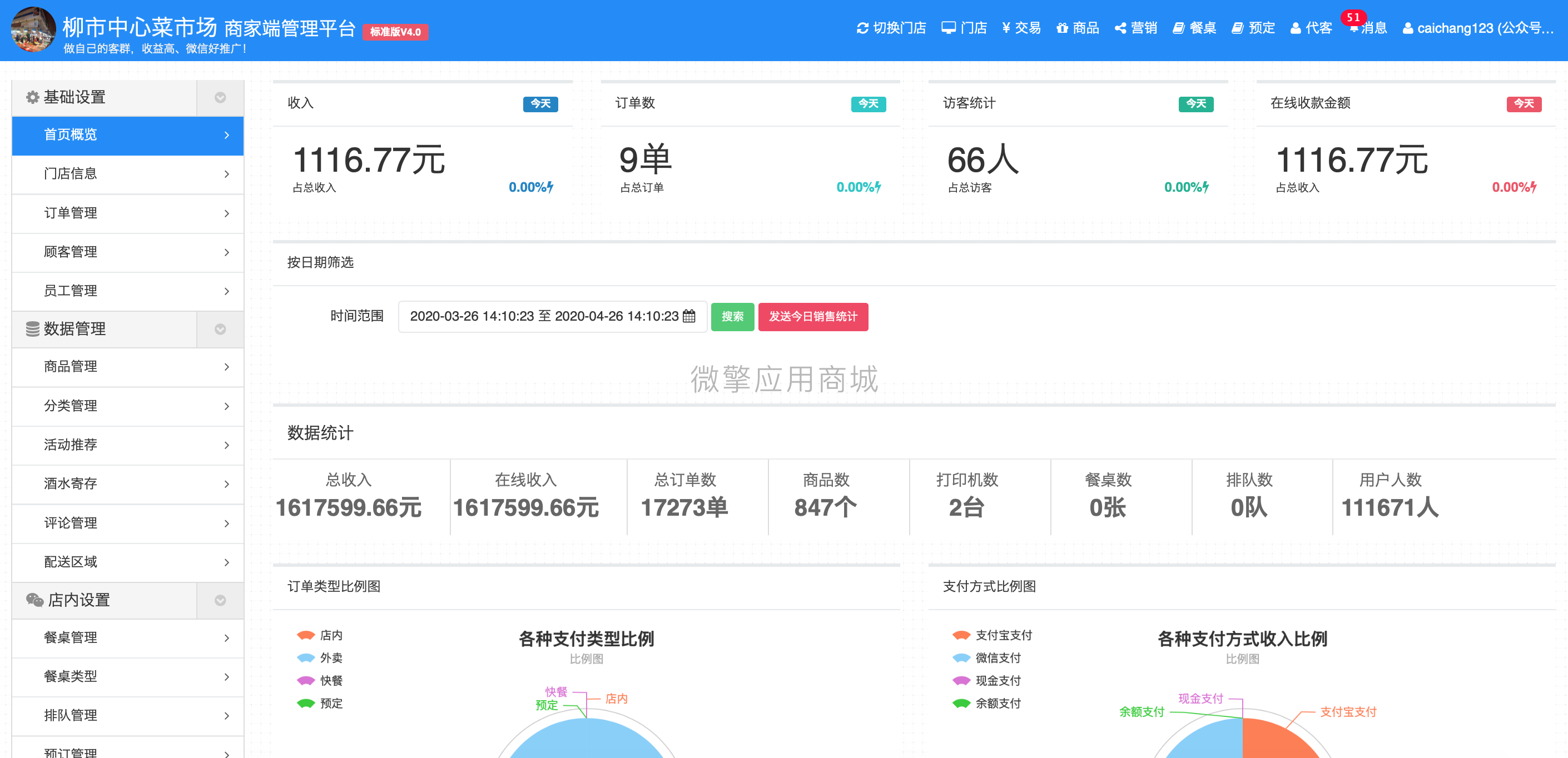专注微信公众号营销活动运营开发,专业的微信营销平台!
1. Introduction
A modern restaurant system is an essential part of any foodservice operation. A well-designed and implemented restaurant system can help improve overall efficiency and quality of service, while also reducing costs. This paper will discuss the design and implementation of a modern restaurant system.
2. System Overview
A modern restaurant system typically includes a number of different systems and components. These include a point-of-sale (POS) system, a kitchen system, a server system, and a dining room system. Together, these systems allow the restaurant operator to manage operations and track customer data.
3. POS System
A POS system is essential for managing transactions at the restaurant. It includes hardware and software that allows the restaurant operator to process payments, track inventory, and manage customer data. A well-designed POS system can help reduce costs and improve customer service.
4. Kitchen System
A kitchen system is responsible for preparing food and serving customers. It includes hardware and software that allow the restaurant operator to control food preparation and delivery, as well as track inventory and customer data. A well-designed kitchen system can improve efficiency and quality of service.
5. Server System
A server system is responsible for delivering food to customers and serving them drinks and tableware. It includes hardware and software that allow the restaurant operator to track customer data and manage wait times. A well-designed server system can improve customer satisfaction and reduce costs.
6. Dining Room System
A dining room system is responsible for seating customers and serving them food. It includes hardware and software that allow the restaurant operator to manage seating and order food. A well-designed dining room system can improve customer satisfaction and reduce costs.






















添加客服微信